Apple Team Shared The Secret On How They Stay Ahead Of The Competition With A13 Chip
Aadhya Khatri - Sep 20, 2019
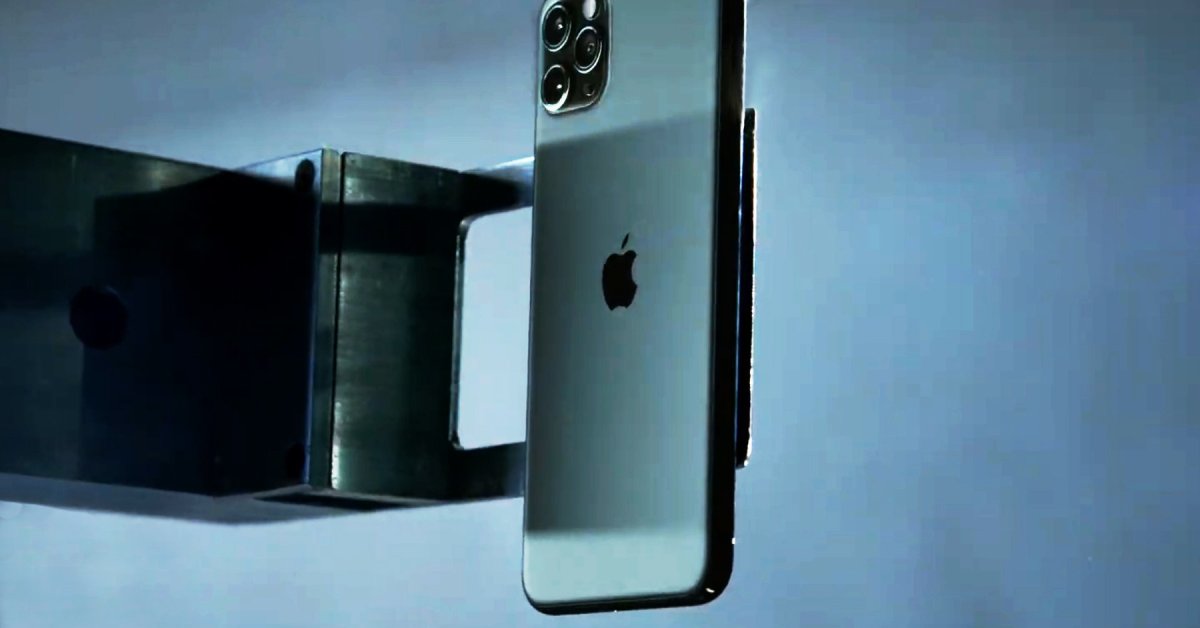
Phil Schiller and Anand Shimpi, two employees of Apple, shared their approach in the design of chips and how they improve the performance every year
- Best Gaming Phones 2025: Top Devices for Mobile Gaming
- Apple Kills Original HomePod, Focusing On HomePod Mini
- iPhone 12 Color Is Fading Away Quickly And No One Knows Why
Recently, Phil Schiller, Apple’s VP of product marketing, and Anand Shimpi, a member of the Platform Architecture team, shared their approach in the design of chips and how they manage to improve their performance every year.
In their interview, they pointed out how they made the chip to become more power efficient and what users can gain from Apple’s effort.
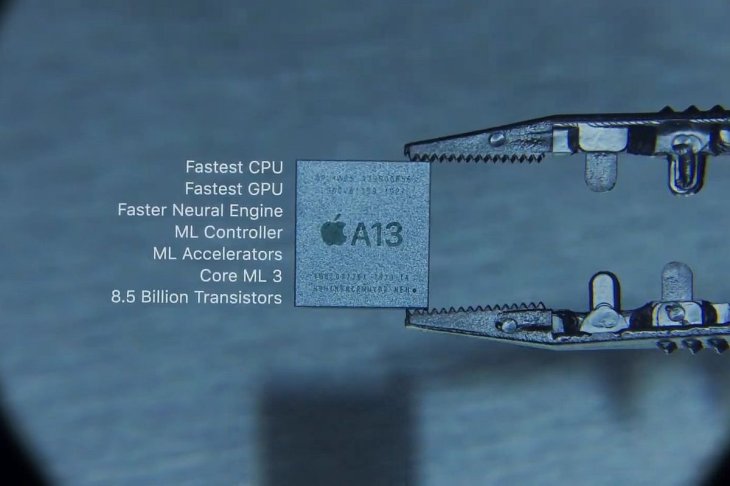
During the announcing event earlier this month, Apple shared some details regarding its A13 Bionic chip. It sports 8.5 billion transistors, two performance-focused cores, four efficiency-focused ones, making up a total of six cores, two machine learning accelerators, a quad-core GPU, and an octa-core neural engine. So the chip can work on a trillion operations each second.
So in comparison with the A12, the A13’s performance is 20% faster and its efficiency is increased by 30%. Many of Apple’s competitors now have eight cores in their chips, the iPhone maker’s smooth integration of software and hardware gives it a competitive edge over them all.

According to Anand Shimpi and Phil Schiller, their focus was efficiency when they develop the chip:

To shed some more light on the process of developing the chip, Schiller and Shimpi shared that CPU designs are guided by specific applications.
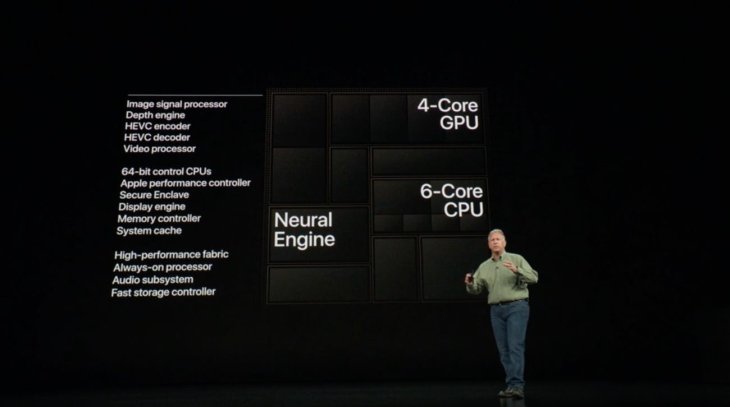

Apps that do not require further optimization will use less energy than usual. The interview also uncovered that the iPhone maker makes use of the same approach to develop its machine learning and GPU.

The fact that the A13 has a different way of processing has made it stand out from other chips on the market.

You can imagine the A13 to have one single home basis but with the usual on-and-off approach, which can help reduce the rate of electrodes going waste.
Schiller said that the key for all these optimizations was machine learning:

Featured Stories

ICT News - Jul 05, 2025
Windows 11 is Now the Most Popular Desktop OS in the World

ICT News - Jul 02, 2025
All About Florida’s Alligator Alcatraz: A Smart Move for Immigration Control

ICT News - Jun 25, 2025
AI Intimidation Tactics: CEOs Turn Flawed Technology Into Employee Fear Machine
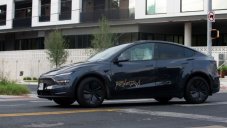
ICT News - Jun 24, 2025
Tesla Robotaxi Finally Hits the Streets: $4.20 Rides That'll Make You Hold Your...
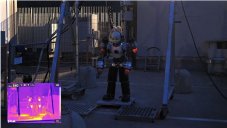
ICT News - Jun 24, 2025
World's First Flying Humanoid Robot Takes Flight

ICT News - Jun 24, 2025
When Closed Source Met Open Source: Bill Gates Finally Meets Linus Torvalds After...
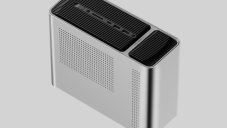
Gadgets - Jun 23, 2025
COLORFUL SMART 900 AI Mini PC: Compact Power for Content Creation

ICT News - Jun 22, 2025
Neuralink Telepathy Chip Enables Quadriplegic Rob Greiner to Control Games with...

ICT News - Jun 20, 2025
Tesla vs Zoox vs Waymo: Who would win?

ICT News - Jun 19, 2025
Comments
Sort by Newest | Popular